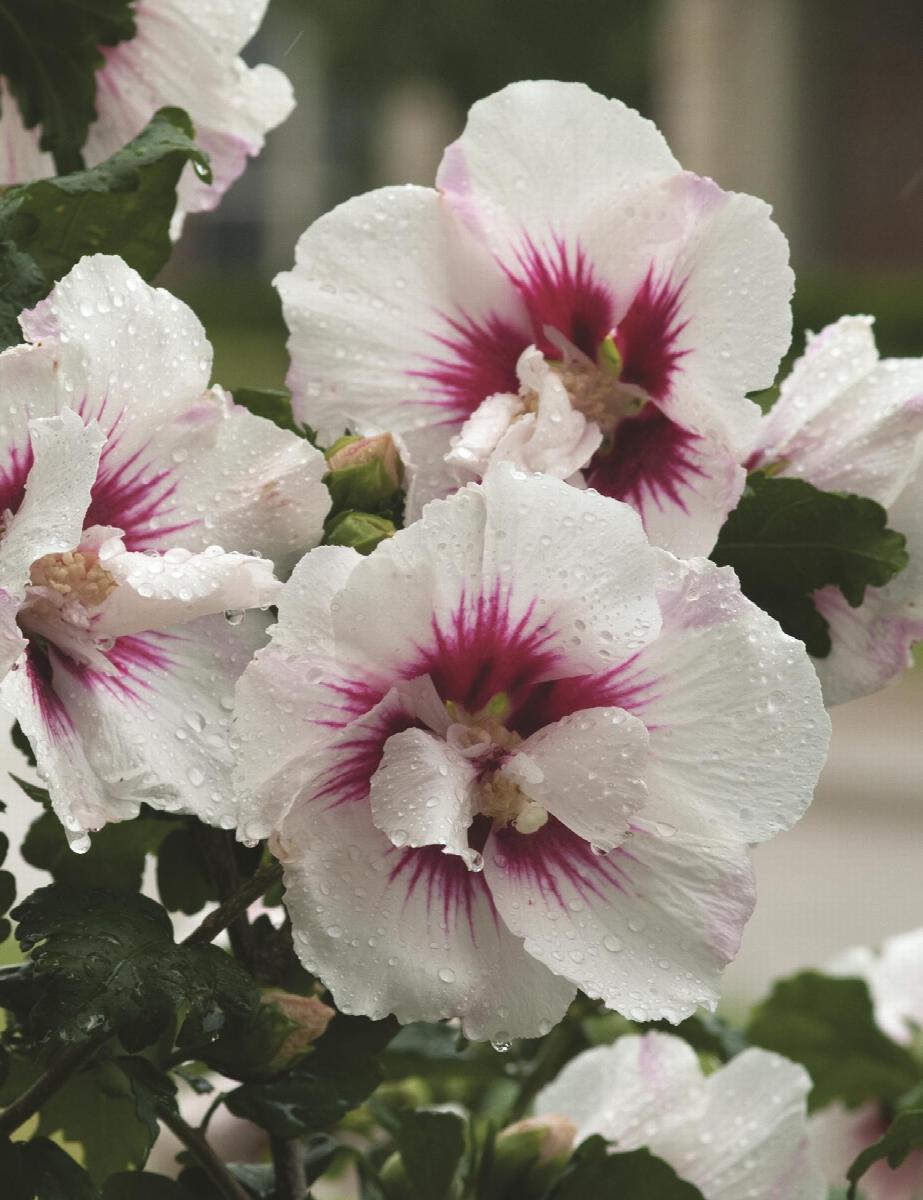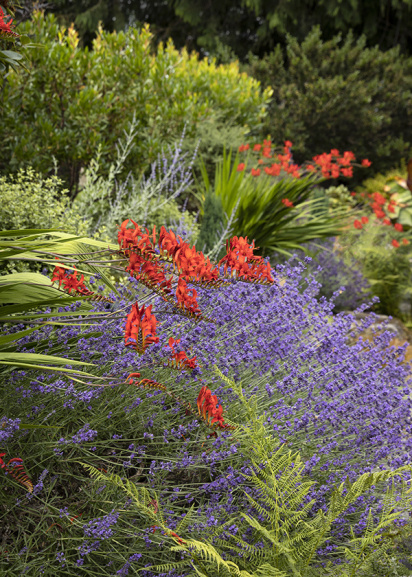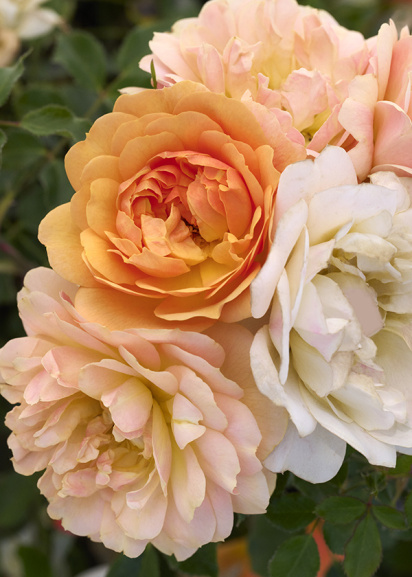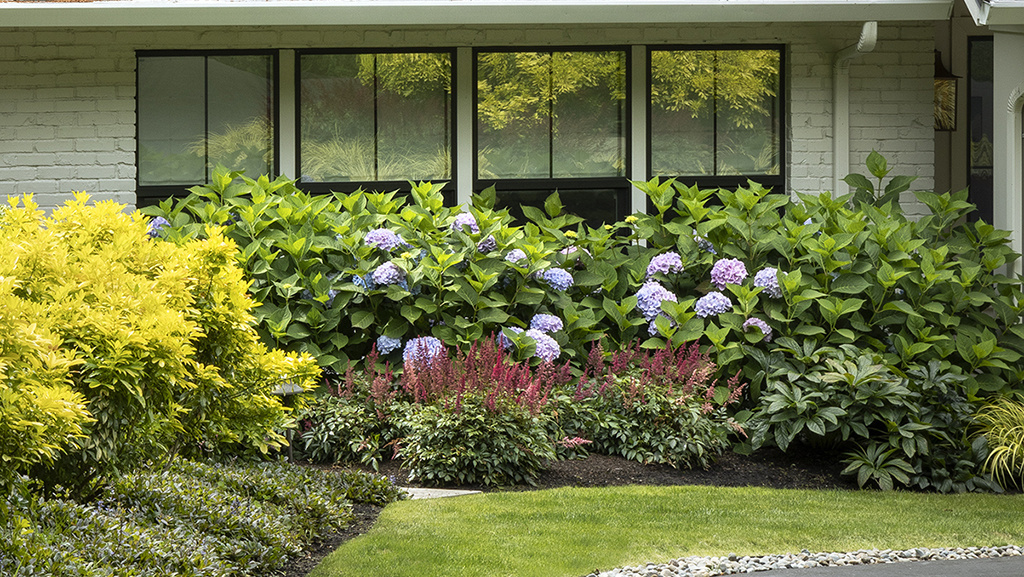Helene Rose of Sharon
Hibiscus syriacus 'Helene'
Pronunciation: hi-BIS-kus si-ri-A-kus
SKU #00226
| Description | White, heavily ruffled flowers with reddish purple eyes complement handsome, leathery dark green leaves. Dense, upright growth is more compact than others. Blooms nearly continuously over a long season, and rarely sets seeds. Tolerates air pollution. Makes a wonderful informal hedge or screen, and is easily trained into a small tree. Deciduous. |
|---|---|
| Light | Full sun, Partial sun |
| Watering | Water when top 3 inches of soil is dry. |
| Blooms | Summer |
| Mature Size | Grows 9 ft. tall, 6 ft. wide. |
| Deciduous/Evergreen | Deciduous |
|---|---|
| Special Features | Waterwise, Non-toxic to Cats and Dogs, Compact Form |
| Problems/Solutions | Coastal Exposure, Drought Tolerant, Tolerates Urban Pollution, Black Walnut Tolerant |
| Growth Rate | Moderate |
| Growth Habit | Upright |
| Flower Attributes | Flowers for Cutting, Long Bloom Season, Showy Flowers |
| Landscape Use | Border, Container, Hedge, Privacy Screen |
|---|---|
| Flower Color | Multicolored |
| Foliage Color | Green |
| Companion Plants | Hydrangea (Hydrangea); Viburnum (Viburnum); Lilac (Syringa); Lavender (Lavandula); Phlox (Phlox) |
| Care | Adaptable to most well-drained soils except very wet or dry. Water deeply, regularly in first growing season to establish root system. Once established, reduce frequency; tolerates brief periods of drought. Feed before new growth begins in spring. Prune after flowering to shape and promote vigorous new growth. |
|---|
This Plant's Growing Zones: 5-9
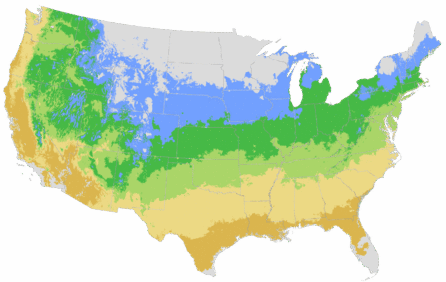
Your USDA Cold Hardiness Zone:
Your climate may be too cold for this plant
Buy Online
We cannot currently ship this product to your zip code.
Buy Locally
No Retailers found within 50 miles of your zipcode
About Us
We have been pioneers and craftsmen in the art of growing plants for nearly
100 years. Since our founding in Southern California by Harry E. Rosedale, Sr.
in 1926, we have been absolutely dedicated and obsessed with quality.
We have been pioneers and craftsmen in the art of growing plants for nearly 100 years. Since our founding in Southern California by Harry E. Rosedale, Sr. in 1926, we have been absolutely dedicated and obsessed with quality.
